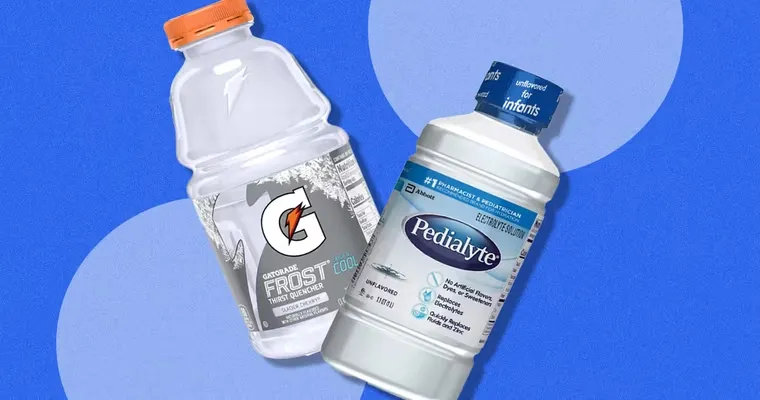Swallowing disorders, also known as "dysphagia", affect many individuals, making it challenging to consume "food" and "beverages" safely. For those struggling with this condition, using "food and beverage thickeners" can significantly improve their eating experience. This article provides essential tips on effectively incorporating these thickeners into your diet to ensure safety and enjoyment during mealtime.
Understanding the different types of thickening agents is crucial. There are various "thickeners" available, including starch-based and gum-based options. Starch-based thickeners, such as cornstarch or tapioca, are often preferred because they blend well with liquids and create a smooth texture. Gum-based thickeners, such as guar gum or xanthan gum, provide a more stable consistency and are less likely to separate over time. Always choose a thickener that aligns with dietary needs and preferences.
To use food and beverage thickeners effectively, start by checking the "consistency" required for safe swallowing. Healthcare professionals often recommend specific levels of thickness, typically categorized as nectar-thick, honey-thick, or pudding-thick. It is essential to follow these recommendations closely to reduce the risk of choking and aspiration.
When preparing a beverage, measure the thickener accurately according to the package instructions. Gradually add the thickener to the liquid while stirring continuously to achieve a uniform consistency. Allow the mixture to sit for a few minutes, as some thickeners take time to activate and reach the desired thickness. This step is vital for ensuring that the beverage is safe and enjoyable to consume.
For thickening food, consider the type of dish and its ingredients. Pureed foods, such as soups and smoothies, can easily incorporate thickeners without altering the flavor significantly. When preparing solid foods, such as mashed potatoes or oatmeal, mix the thickener into the dish to help achieve the right consistency. It’s important to remember that some thickeners may change the taste and texture of foods, so experimenting with different products can help identify the best options.
In addition to providing safety, using thickeners can enhance the overall dining experience. Many thickeners are available in different flavors, providing a variety of options that can make meals more enjoyable. Consider adding seasonings or herbs to enhance the taste of thickened foods and beverages, ensuring that meals remain flavorful and appealing.
Lastly, always consult with a healthcare provider or a speech-language pathologist when making changes to your diet, especially concerning "dysphagia". They can provide personalized recommendations and help you understand the best practices for using food and beverage thickeners based on your individual needs.
In conclusion, managing swallowing disorders with food and beverage thickeners requires careful consideration and preparation. By understanding the types of thickeners available, following recommended guidelines, and enhancing flavors, individuals can enjoy safer and more satisfying meals. Always prioritize safety and seek professional guidance to ensure the best outcomes while navigating the challenges of dysphagia.





